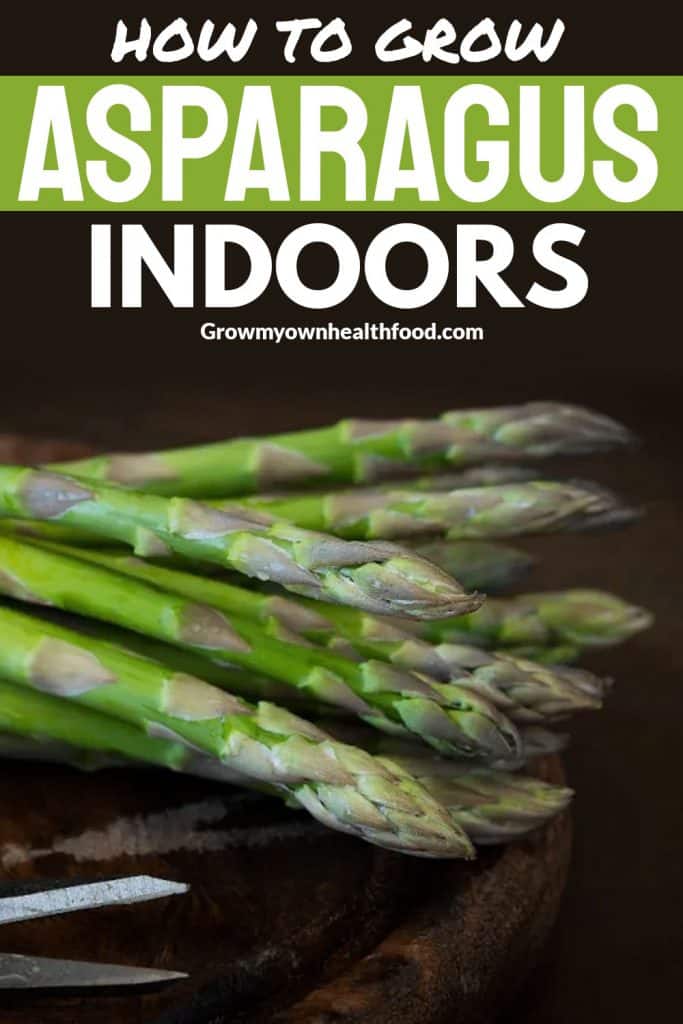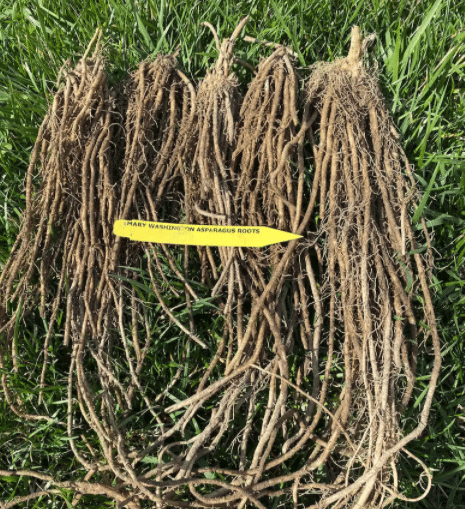Asparagus is a vegetable loved by many to use as a side to their dish or to simply give it that green picturesque perfection. When grown properly it’s very tender and quite scrumptious. The benefits of Asparagus keep going on, it has been proven tremendously beneficial for medicinal purposes, to such an extent that it is even used to make medicines! However, all these ups come at a cost. Choosing to grow asparagus indoors is not an easy task and not for one who lacks patience. If you are a gardening enthusiast who likes to grow their own healthy food, we have just the right information to get you going!
Growing Asparagus Inside
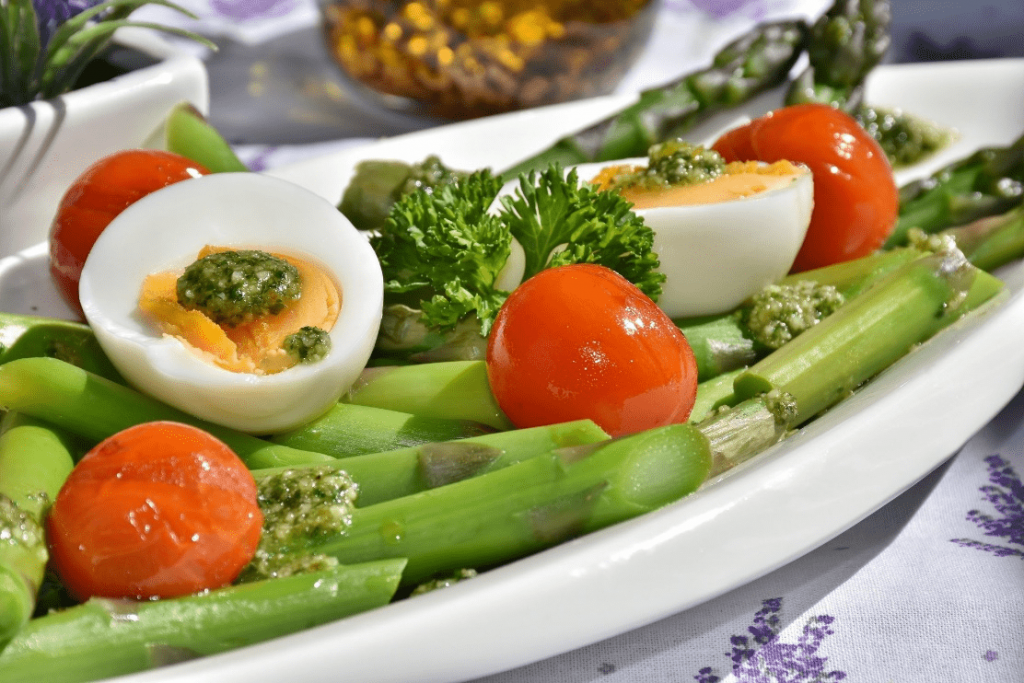
Asparagus is a relatively huge vegetable, they grow fern-like foliage that goes up to 3-5 feet high and 1-3 feet wide. It is a complicated enough task to grow them outside, but to grow it inside without the right guidance and tools is nearly impossible. But that’s why we are here to help you through it! We will make sure that you get the optimum yield of what you plant. Asparagus outside may yield for a decade, but inside it can at best yield for three to four years after maturing.
Materials Required to Grow Asparagus Indoors
The first thing you will need to do is find big containers, 8” deep and 3-6 feet wide. Depending on how much you plan on planting in a single container, we recommend you only plant one crown per container. As asparagus is preferred to grow outside, we need to make our conditions meet as similar as that, hence you need a well-lit room with direct sunlight getting to the containers. You need a growing medium, such as soil. However, you need to make sure the medium is not too clayey or the water will not drain well enough. Asparagus grows best in well-drained soils.
1. Containers 8” deep, 3 – 6 feet wide
- Instant fabric soft raised garden bed for plants, flowers and fresh herbs, vegetables and fruit. Ready to go out of the box; No assembly required.
- 3 x 6 x 11.5 square shape; can be placed on any flat surface (grass, patio, concrete, etc.).
- Holds 24 cubic feet of soil or other planting/potting mix (soil, plants and seeds not included)
Prices pulled from the Amazon Product Advertising API on:
Product prices and availability are accurate as of the date/time indicated and are subject to change. Any price and availability information displayed on [relevant Amazon Site(s), as applicable] at the time of purchase will apply to the purchase of this product.
2. Potting soil
- ALL NATURAL MIX Suitable For Use On Edible Plants like FRUITS & VEGETABLES
- MYCORRHIZAE ENRICHMENT — Aids Root Growth and Flushing Harmful Bacteria
- EASY-TO-MANAGE DRAINAGE — Blended with Perfect Plants Perlite
Prices pulled from the Amazon Product Advertising API on:
Product prices and availability are accurate as of the date/time indicated and are subject to change. Any price and availability information displayed on [relevant Amazon Site(s), as applicable] at the time of purchase will apply to the purchase of this product.
3. 5-10-10 fertilizer
- For more nutritious and tasty vegetables
- Optimum levels of primary plant nutrients
- Contains no GMOs, chicken manure or sewage sludge
Prices pulled from the Amazon Product Advertising API on:
Product prices and availability are accurate as of the date/time indicated and are subject to change. Any price and availability information displayed on [relevant Amazon Site(s), as applicable] at the time of purchase will apply to the purchase of this product.
4. Water
5. Sunlight
This is a shortlist of what you will require to grow your asparagus indoors. We suggest one-two-year-old crowns as they are easily available in the market even though a bit costlier than seeds but these take significantly less time to yield a crop. To make things easier you can get all-male hybrids so the hassle of plucking out the ones that grow seeds that ruin the crop doesn’t have to be done.
The Planting and Care of Asparagus
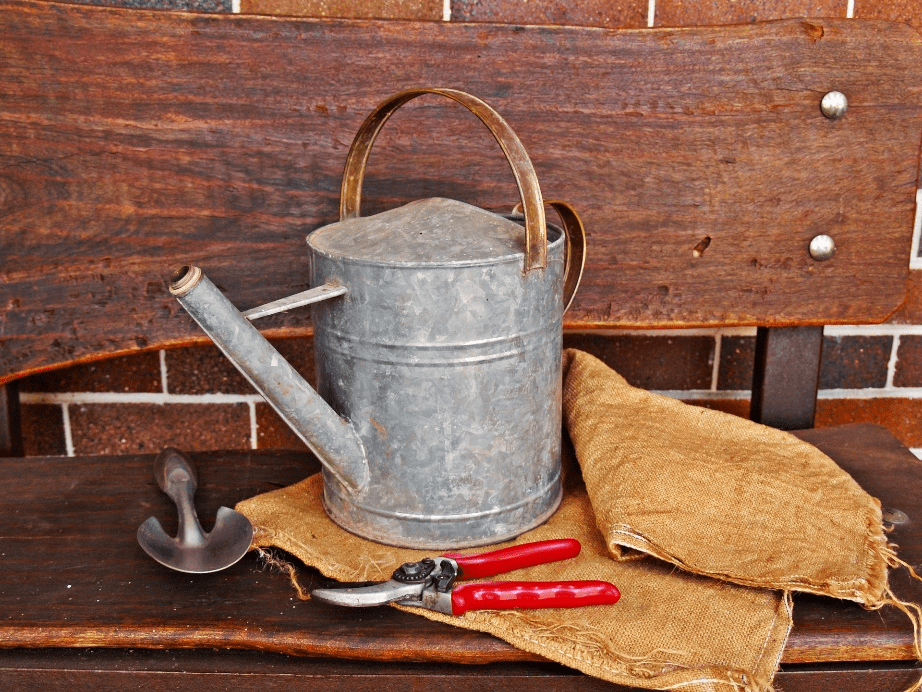
It is best to plant asparagus in March as they grow best then. Here’s How to plant asparagus crowns:
- Fill the containers with soil.
- dig six inches’ holes in the soil
- Place the asparagus crown in the hole, spreading the roots evenly
- Fill the hole with two inches of soil. Keep adding soil and a bit of fertilizer, a total of two inches by the end, as the ferns grow along during the season.
Plant all the crowns following the above steps. Plant them at least 18 inches apart from each other as asparagus best grow by themselves. You need to add compost and balanced fertilizers during the growing season and after harvesting. Keep the medium well moist with water.
Now if you bought the crowns that produce little red seeds along the way you must pluck them out otherwise, they will use up all of the nutrients making your yield less than optimum. For winter seasons of dormancy, your plant needs cooler temperatures which can be achieved by moving your plant outside for that period. Asparagus requires an entirely weed-free environment so make sure you pick out the weeds in time.
Companion Planting with Asparagus
When growing asparagus in the garden bed, outdoors, there are plants that you need to consider planting or avoiding with your asparagus to make this process a whole lot easier for you.
Plants That are Asparagus Friends

There are many plants that go well with asparagus so to start with the best one, tomatoes, they both compliment each other and tomatoes repel asparagus beetles which destroy the crop and asparagus repel nematodes which destroy the roots of tomatoes. The same goes with eggplants or selected herbs such as basil which not only attracts the good insects but can also bring a great flavor to go with your asparagus-based meals. Here’s a list of what you can plant nearby of your asparagus:
- Tomatoes
- Eggplant
- Basil and parsley
- Cilantro and dill
- The Aster family
- Strawberries
- Other vegetables such as spinach, lettuce, and beets
Plants to Avoid Growing With Asparagus
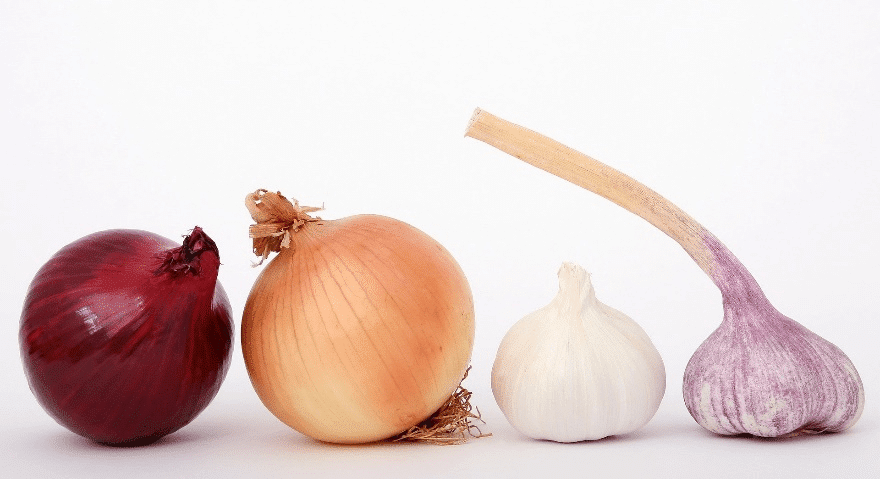
Just as there are helpful plants there are also plants that can cause an absolute nightmare. Anything that fights for deep roots, can slow the growth of asparagus or the plant itself as both will require a great number of nutrients. So, to avoid stunting the growth here are the plants that you need to avoid:
- onions, leeks
- shallots, garlic
- chives, garlic chives
- wild onions, ramps
- potatoes
How Long Will it Take to Grow Asparagus Indoors?
As asparagus are perennials, they might need a first year or two to mature after which you can harvest the spears 3-5 inches high and sometimes wider than that. You can cut the upper part of the spears with a sharp knife leaving the lower in the soil. Leave a few spears to regrow the vegetable for future seasons.
Grow Asparagus Indoors – Conclusion
Growing your asparagus with the right guide can be a fun-filled hobby that will keep on giving you a good yield for years to come, so get on with this project of great patience and make your meals simply delicious!
